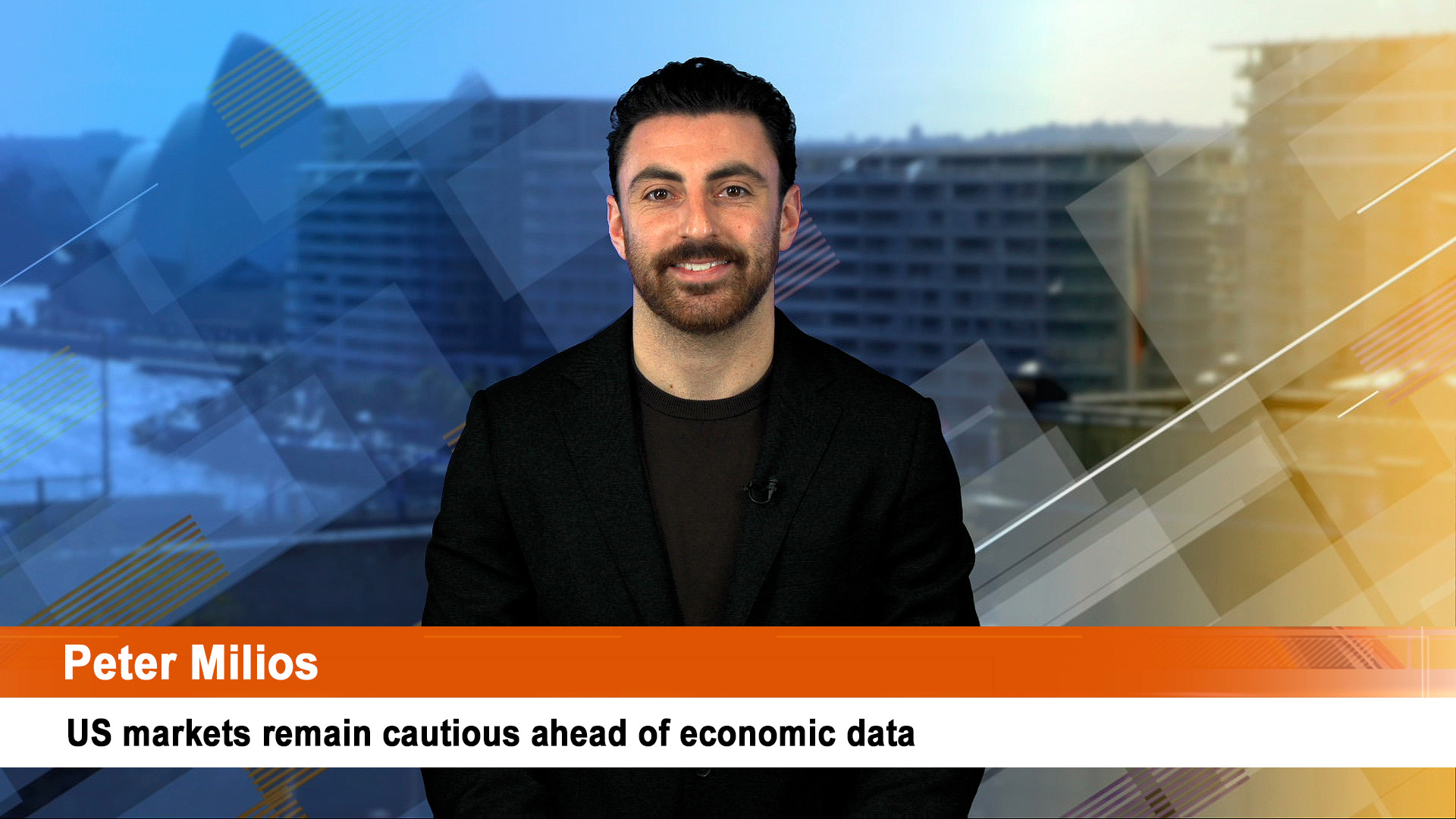Big global investors have lurched from being the most bearish in the 21-year history of the monthly Bank of America survey to being almost as worried about the chances of a recession.
Bank of America’s latest survey shows investors are still bearish but no longer “apocalyptically” so as they were last month in the wake of the big sell down in the June quarter and especially June itself.
In fact, some hope inflation and interest rates shocks will end in the coming quarters but that is a mistaken belief at the moment (see below).
The BofA August survey polled investors overseeing $US836 billion in assets between August 5-11, who said showed they had cut back a net underweight position in equities to minus 26%.
That was an improvement on the low of minus 44% in July, a level last seen in the 2008 global financial crisis.
And to further illustrate the slight improvement in optimism, cash has gone from the terrified 6.1% of investible assets in July to a still high 5.7% this month.
But fears of economic slowdown continue to rise, with 58% of investors anticipating a global economic recession in the next 12 months, up from 47% last month and the highest since May 2020.
The rebound in sharemarkets since late June has helped lift spirits, with all major markets coming off their lows. Wall Street is up about 12% in the last month, but remains down 10% down year-to-date (for the S&P 500 index).
BofA said August saw a big rotation into US stocks, technology and consumer shares, while investors sold out of defensive stocks such as utilities and consumer staples, as well as UK equities.
Back in June, when the equity markets fell to their lowest this year, 83% of fund managers said they expected the global economy to face stagflation.
At the same time 88% of survey respondents said they see inflation abating and “fear of draconian rate hikes subsiding,” said Michael Hartnett, BofA’s chief investment strategist.
Following July’s market rally, there has been a “big [August] rotation to US stocks/tech/consumer out of staples/utilities/UK.”
That means allocations are still tilted to commodities, cash and defensive stocks and away from Europe and emerging market stocks as well as consumer names.
Despite the jump in investor sentiment, Bofa said the survey indicated its Bull/Bear indicator remained at “max bearish”.
And the thing that keeps the indicator at maximum bearish is a fear of stagflation.
Hartnett added that portfolio manager positioning is still “long stagflation,” or slow growth with relatively high inflation.
The survey said stagflation expectations for the global economy—below trend growth and above-trend inflation—are at a record high, with 90% of investors saying the global economy will face stagflation in the next 12 months.
Hartnett cautioned against getting carried away with the recent stockmarket rebound.
He said the bank’s investment team remains “patient bears” and would bet against stocks after the index hits 4,328, which is just 48 points or so away from Thursday’s close.
…………
And finally, the minutes of the last Fed Open Market Committee meeting would support Harnett and the BofA survey’s bears.
The minutes, released this week, have forced gung-ho investors to reassess their optimism that the Fed was now looking to smaller rate rises and perhaps an earlier than expected cut after US inflation eased to 8.5% in July from 9.1% in June.
The rebound since June has been powered by a belief that the Fed will slow its aggressive rate rises and once it is done, look to start nudging them lower.
It’s a self-indulgent belief that the latest Fed minutes confirmed as being misguided at best at the moment.
The minutes show Open Market Committee members discussed the need to keep interest rates at levels that restrict the economy “for some time” in a bid to contain current high (40 year) levels of inflation.
Minutes from the meeting which saw the Fed lift its key rate 0.75% for a second meeting in a row, showed the central bank will not be stopping, pausing or changing tack – they are intent on pressing ahead with tightening monetary policy despite some hints signs the economy is cooling down.
Officials noted inflation had shown little sign of improving and that the “bulk” of the effect of rate rises so far had not yet had a significant effect, according to the minutes. That is likely to mean inflation stays “uncomfortably high for some time”.
Given the enormity of the inflation problem and “upside risks” to the outlook for price growth, officials backed raising interest rates to the point where they act as a drag on economic growth.
Raising rates to such a level would allow the Fed to increase them even “further, to appropriately restrictive levels, if inflation were to run higher than expected”, the minutes noted.
Some officials signalled that once rates had been raised to the point where they were cooling down the economy “sufficiently” it would probably “be appropriate to maintain that level to ensure that inflation was firmly on a path back” to the Fed’s target of 2 per cent.
This stance is despite the US economy being in a technical recession (two successive quarter of negative growth) even if that doesn’t meet the US definition which involves an assessment of the health of the jobs market and overall demand.
Unofficial activity trackers have the current third quarter in positive territory.
There is a debate going on inside the Fed about a third successive 0.75 percentage point rate rise at the next policy meeting in late September is needed or if the Fed can start implementing smaller increases at future meetings.
The minutes suggested Fed officials are increasingly of the view that there might need to be job losses and an economic downturn if the central bank is to stamp out inflation, with a “moderate” increase in unemployment from the current ultra-low level of 3.5%.













